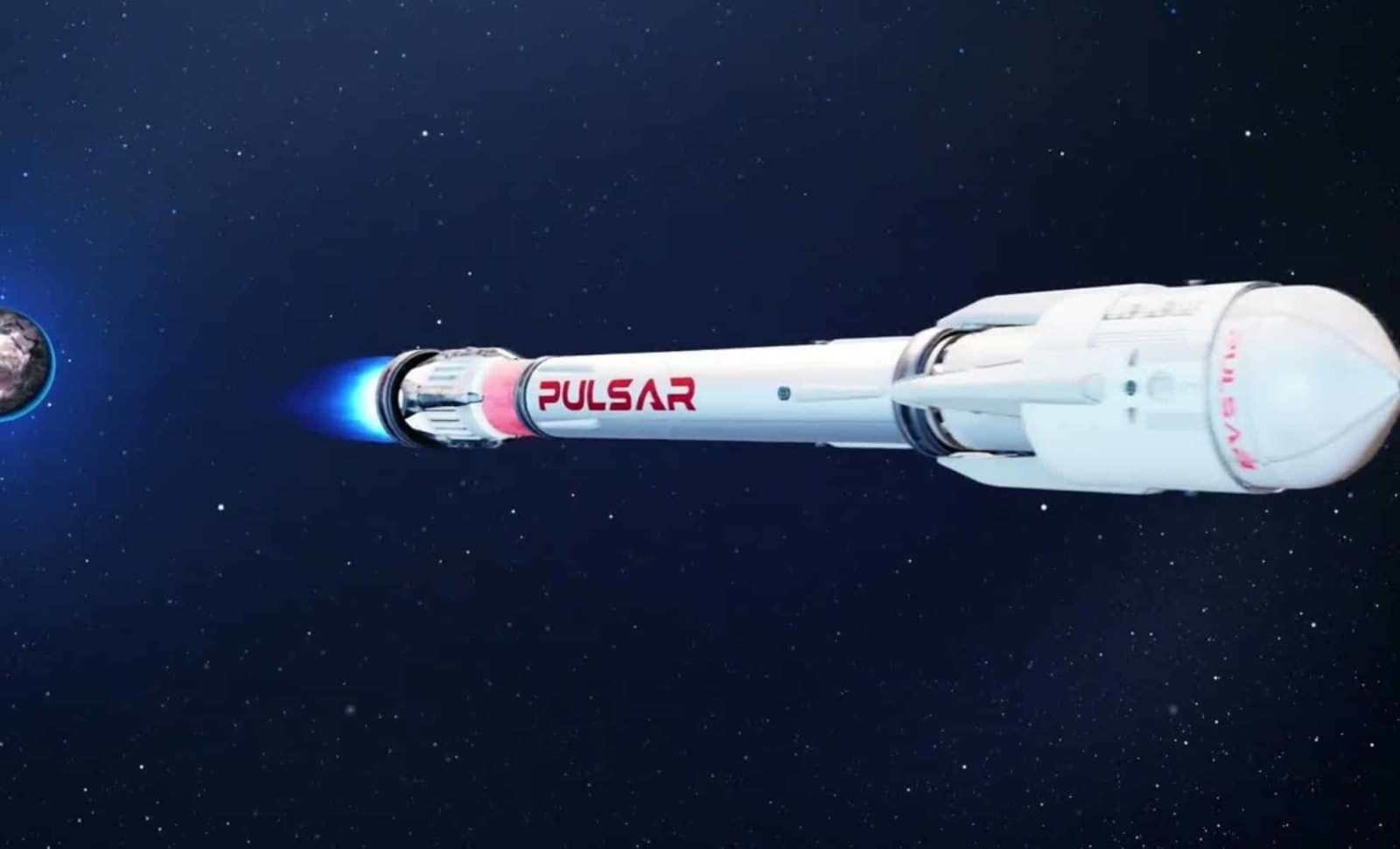Mars as a Weekend Getaway? This Propulsion Idea Might Make It Real

A UK-based space propulsion company has revealed an ambitious idea for a nuclear fusion rocket that could significantly reduce the travel time to Mars In a recently released video presentation, Pulsar Fusion highlighted its Sunbird Migratory Transfer Vehicle, a future-oriented spacecraft driven by dual direct fused drive system (DDFDS) engines.
A Rocket Influenced by Celestial Mechanics
The Sunbird rocket , according to Pulsar Fusion is intended to reach velocities of up to 329,000 miles per hour (more than 529,000 kilometers per hour), making it the quickest self-driven entity ever created. This significant increase in speed is enabled by nuclear fusion , the atomic process that fuels stars, such as our Sun, Sun The firm anticipates its DDFD engines might generate exhaust velocities of around 310 miles per second, or 500 kilometers per second — a notable improvement over current chemical propulsion technologies.
A video released by the company illustrates the Sunbird undocking from such a station, using its eight thrusters to carefully attach to a larger spacecraft, resembling a SpaceX Starship upper stage , before igniting its engines and heading for distant planets.
Aiming For Orbital Fusion By 2027
Though the concept is visually striking and technically promising, Pulsar Fusion acknowledges that much development remains. The company plans to demonstrate essential components of the fusion power system later this year. Full in-orbit tests are targeted for 2027 , setting a firm deadline for attaining lasting nuclear fusion in space If achieved, this would represent a significant landmark in both aerospace and energy technology sectors.
CEO Richard Dinan mentioned in an email to Gizmodo The objective is to develop a scalable infrastructure for deep space transportation. By deploying fusion-driven Sunbird vehicles in orbital supply duties, the firm aims to transform the way interstellar freight operations are carried out. This could involve transporting various commercial cargoes—such as living quarters, exploration rovers, and scientific gear—between different celestial bodies. solar system .
Open the Youtube video
A $70 Million Fusion Rocket Might Ignite a Space Freight Revolution
According to Dinan, each Sunbird The unit is anticipated to be priced at approximately $70 million Once it becomes commercially accessible, the firm contends that the expenditure will yield returns swiftly. Pulsar Fusion anticipates that customers might recoup their initial investment within one to two years through employing the rocket for tasks such as orbital supply runs, distant space exploration missions, or deploying infrastructure. Engineered to transport payloads ranging from 2,200 to 4,400 pounds (or 1,000 to 2,000 kilograms), this craft has the potential to be an essential resource for governmental space organisations and commercial aerospace enterprises alike.
The rocket’s versatility extends beyond Mars. According to a report from Payload Pulsar Fusion imagines its tech driving expeditions to send telescopes into deep space, assist with asteroid mining, or position robots. probes throughout the solar system. With increasing global interest in missions to the Moon and Mars , the company believes the Sunbird could emerge as a key player in the evolving space economy.
As Pulsar Fusion accelerates its research and development efforts, it joins a growing field of innovators betting on fusion-based propulsion to unlock faster, more efficient space travel. The possibility of halving Mars travel time with reusable, orbital fusion rockets presents not only a technological leap — but a reimagination of humanity’s reach into deep space.
Enjoyed this article? Subscribe to our free newsletter for engaging stories, exclusive content, and the latest news.
For more news like this, visit .
Post a Comment for "Mars as a Weekend Getaway? This Propulsion Idea Might Make It Real"